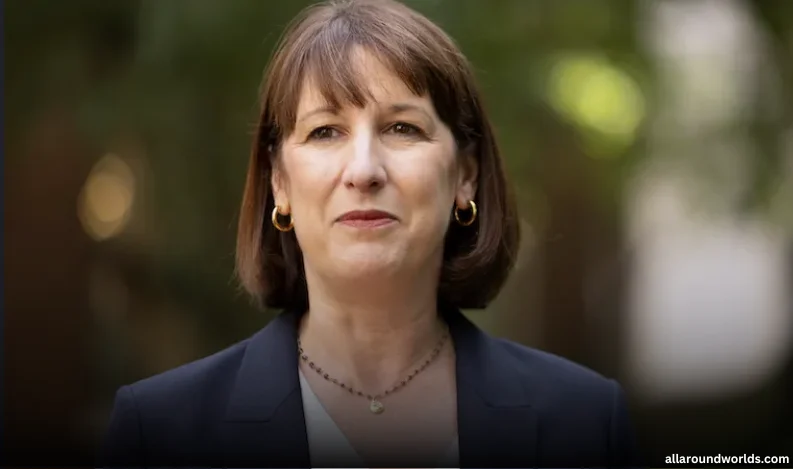
No Tax Rises, No Austerity: Can the UK’s Economic Strategy Hold?
London -UK Chancellor Rachel Reeves is set to deliver the Spring Statement, making it clear there will be no major tax increases and no return to austerity. However, with economic growth slowing and government borrowing costs rising, questions remain about how long this approach can be sustained.
Slower Growth and Higher Borrowing Costs Strain Public Finances
The Office for Budget Responsibility (OBR) has downgraded its economic growth forecast for 2025, citing weaker-than-expected expansion and higher government borrowing costs. These factors have squeezed the government’s financial flexibility, forcing Reeves to make adjustments to spending and borrowing plans.
While the chancellor is expected to emphasize that “the world has changed”, analysts point out that these fiscal challenges existed even before global shifts—including US President Donald Trump’s return to office—began reshaping international trade and economic policies.
No New Tax Rises – For Now
Despite the economic slowdown, Reeves is expected to hold off on tax hikes, at least for now. However, some economists predict tax increases could come in the autumn, particularly to fund rising defence spending. The government has hinted at a “public conversation” on the matter, leaving the door open for future fiscal adjustments.
One major decision looming is whether to extend the freeze on income tax thresholds, a move previously implemented under the Conservatives. If the government reinstates this measure, it could increase tax revenue without an outright hike.
Welfare and Public Sector Cuts to Offset Spending
To maintain its fiscal targets, the government has already announced a £5 billion cut to welfare spending, the largest single reduction in a decade. This includes changes to Personal Independence Payments (PIP) and Universal Credit, with hundreds of thousands of people expected to lose benefits worth thousands of pounds annually.
Other cost-cutting measures include:
-
£2.2 billion in reductions to civil service administrative costs, including a 15% cut in government wages and consultant spending by 2029-30.
-
A minor reduction in departmental budgets, shifting resources toward priority areas.
-
Crackdown on tax avoidance, aiming to recover billions in lost revenue.
Unions have warned that these cuts could impact frontline services, particularly if automation and Artificial Intelligence (AI) fail to replace lost government roles.
Defence vs. Aid Spending: A Strategic Shift
The Spring Statement is also expected to outline a major reallocation of government funds, shifting spending from foreign aid to defence. This move aligns with the government’s plan to increase military funding, particularly in response to global geopolitical tensions.
Since defence spending is capital-intensive, investments in military hardware, cybersecurity, and infrastructure fall outside the chancellor’s self-imposed borrowing limits—making it easier to justify the shift without breaching fiscal rules.
Markets Await Economic Direction
Financial markets are closely watching how Reeves will balance spending commitments with fiscal responsibility. UK government borrowing costs have risen as investors wait for clarity on the government’s future economic policies.
Despite these concerns, some economists argue that the UK remains well-positioned to navigate global economic uncertainty. With strong ties to the US, Europe, China, and the Gulf, the government has pitched the UK as “the most connected economy in the world”, potentially benefiting from shifting trade and investment flows.
Bottom Line: A Delicate Balancing Act
While Wednesday’s Spring Statement is not a full Budget, it will provide critical insights into the government’s economic strategy. The big question is whether Reeves can continue to rule out tax rises while avoiding a return to austerity—or whether future economic pressures will force a shift in policy.
With growth slowing, borrowing costs rising, and major spending decisions looming, the UK’s economic outlook remains uncertain. The autumn Budget may ultimately determine whether the government can maintain its current course—or if a new fiscal reality forces a change in direction.



Recent Comments: